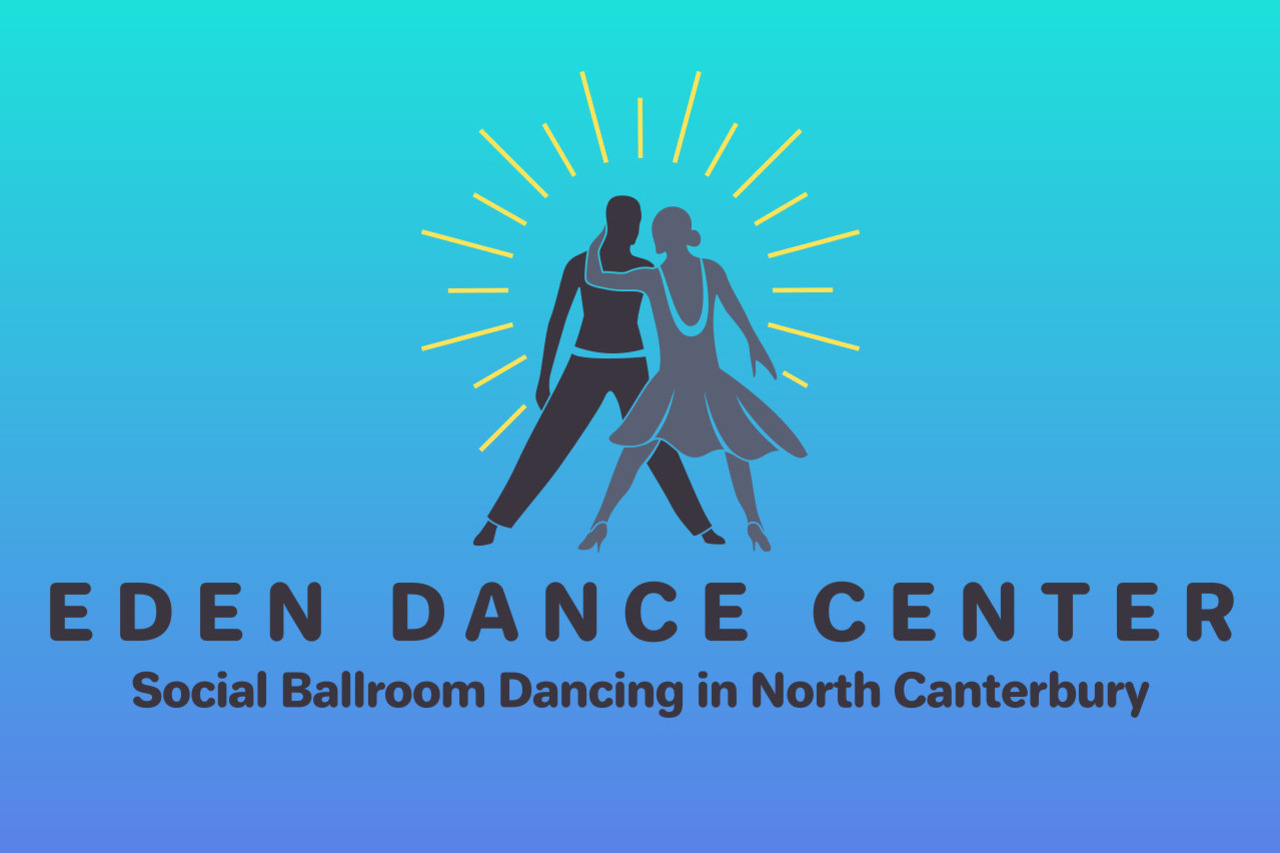The Samba... fun, bouncy and rhythmical
The timing of the Samba is 2/4 and there are 50 to 54 beats per minute.
The Portuguese imported many slaves from Angola and Congo into Brazil in the 16th century, who in turn brought their dances such as the Catarete, the Embolada and the Batuque. These dances were considered sinful by the Europeans as they involved the touching of navels. The Embolada is about a cow with balls on its horns for safety, and became a term meaning "foolish". The Batuque became so popular that Manuel I passed a law forbidding it. It was described as a circle dance with steps like the Charleston done to hand clapping and percussion, and with a solo couple performing in the centre of the circle.
A composite dance evolved in the 1830's combining the plait figures from these Negro dances and the body rolls and sways of the indigenous Lundu. Later, carnival steps were added like the Copacabana - the name of a beach near Rio de Janeiro. Gradually members of the high society in Rio embraced it, although they modified it to be done in the closed ballroom dancing position. The dance was then called the Zemba Queca, and was described in 1885 as "a graceful Brazilian dance". The origin of the name "Samba" is unclear, although "Zambo" means the offspring of a Negro man and a native woman.
The dance was later combined with the Maxixe. This was also originally a Brazilian round dance, described as like a Two Step. The Maxixe was introduced into the U.S.A. at the turn of the 20th century. The Maxixe became popular in Europe after a demonstration in Paris in 1905. It was described as having the steps of the Polka done to the music of the Cuban Habanera. The present day Samba still contains a step called the Maxixe, consisting of a chasse and point.
A form of the Samba called the Carioca (meaning from Rio de Janeiro) was revived in U.K. in 1934. It was popularised by Fred Astaire in “Flying Down To Rio”, his first film with Ginger Rogers. The Carioca spread to the U.S.A. in 1938. In 1941, its popularity was boosted by performances by Carmen Miranda in her films, particularly "That Night in Rio".
The Samba was further popularized in the 1950's by Princess Margaret, who played a leading role in British society. The Samba was formalised for international propagation by Pierre Lavelle in 1956.
The dance in its current international form still has figures with very different rhythms, betraying the heterogeneous origins of the dance, e.g. the Boto Fogo is danced to a "1 & a 2" quarter beat rhythm, whereas the Natural Rolls are danced to the simpler "1 2 &" half beat rhythm. It still retains a hip movement on the half beats between steps - the "samba tic", a flat carriage of the torso, and is danced with the weight forward, substantially on the big toes.
|
© Copyright Ballroom Dancing NZ
- Site map
|
